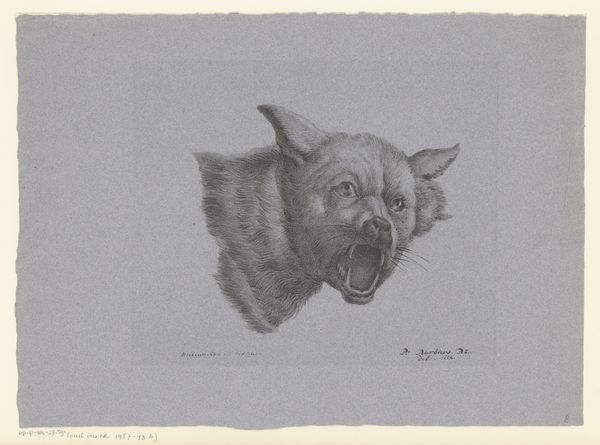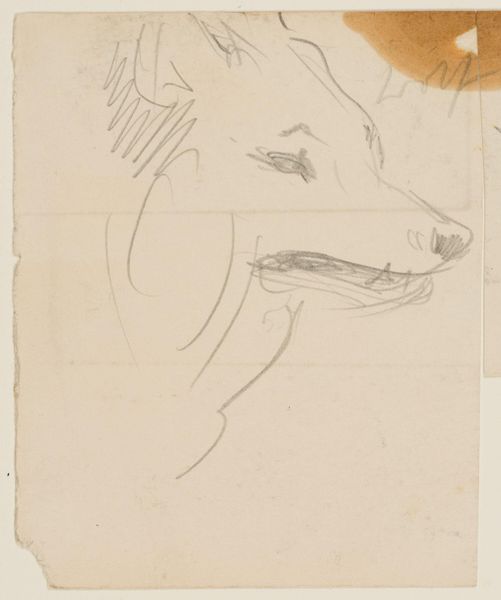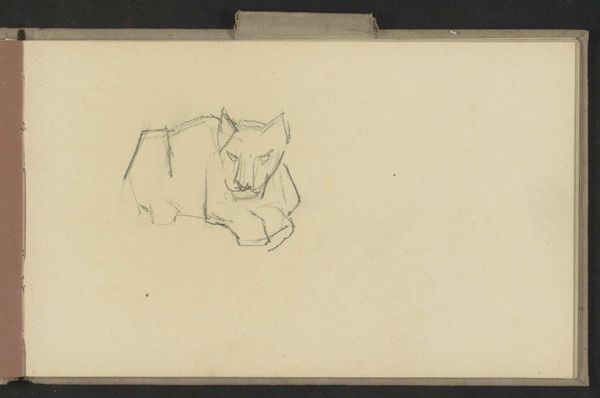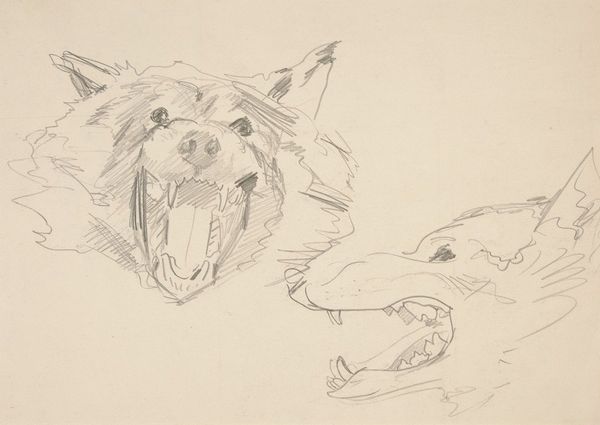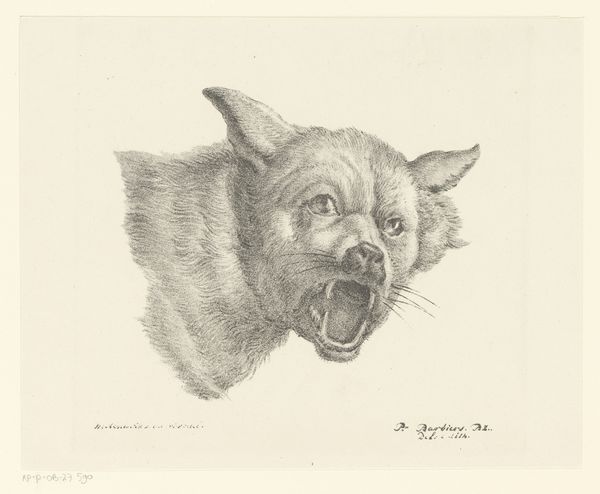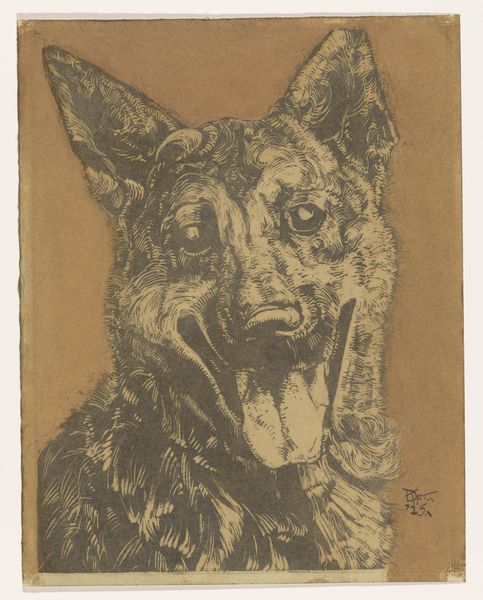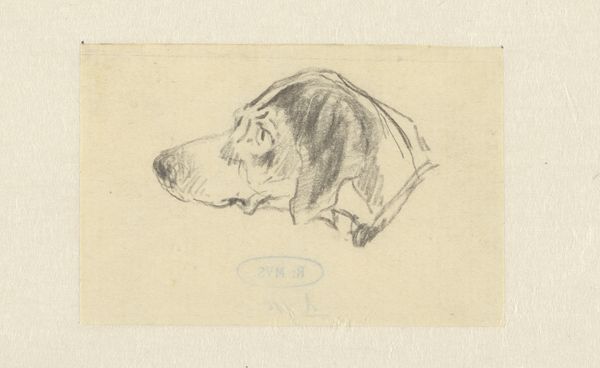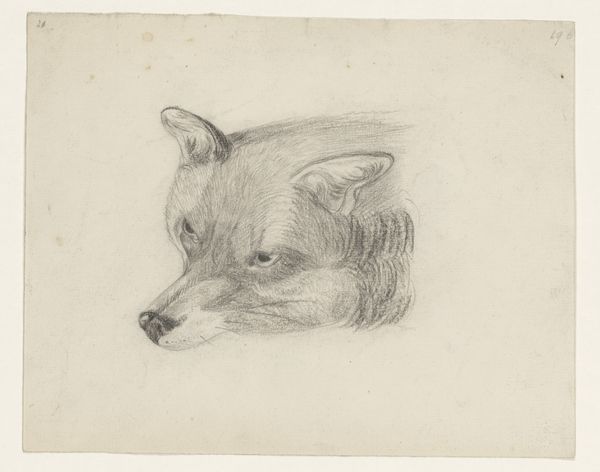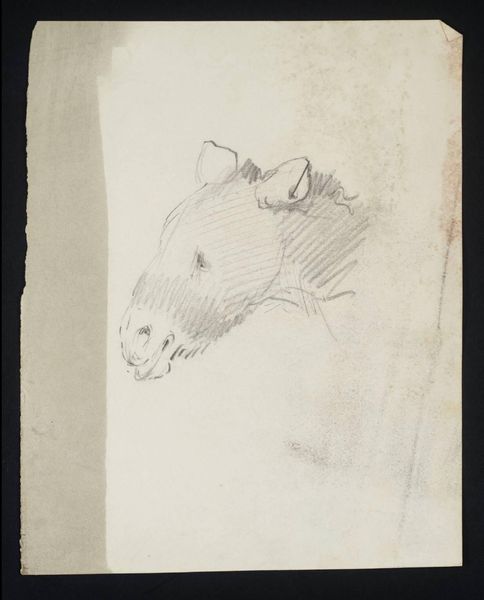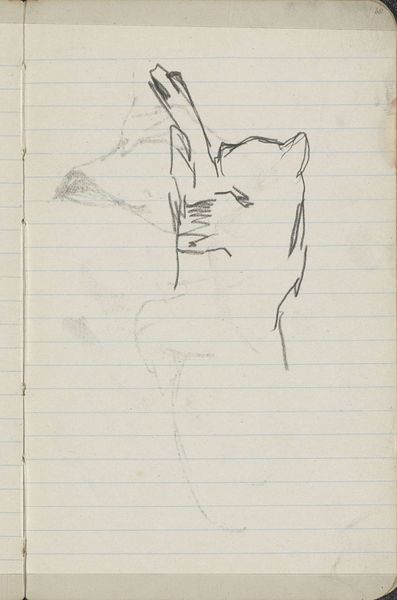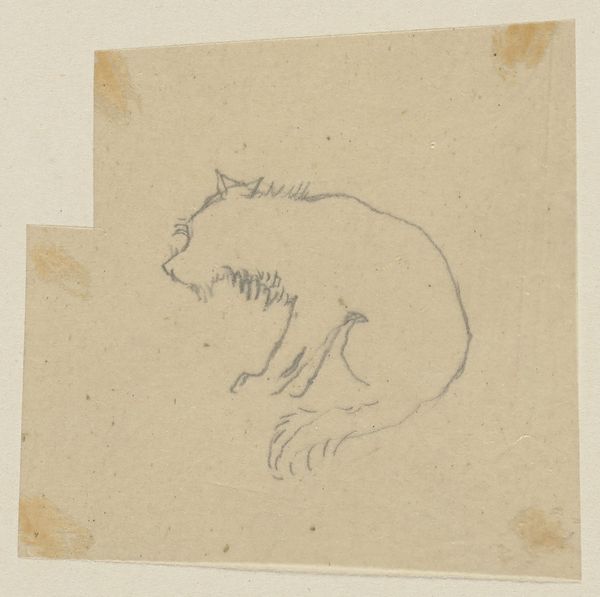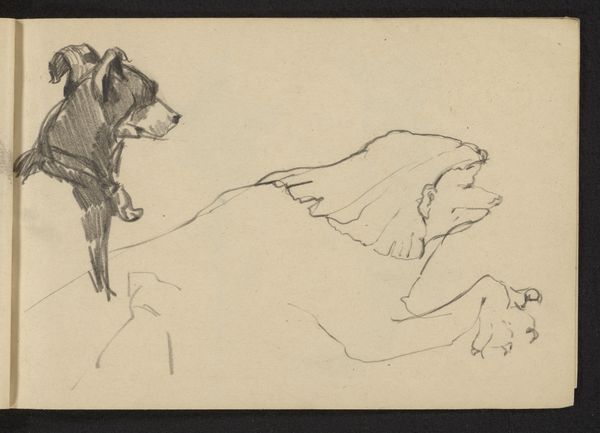
drawing, paper, pencil, chalk
#
portrait
#
drawing
#
paper
#
pencil
#
chalk
Copyright: Public Domain
Hans Thoma drew this fox head with graphite on paper, but we don't know exactly when. Thoma's long life saw enormous changes in German society, from its unification to its defeat in the First World War. His art, though, was often nostalgic for an older Germany of rural folklore and peasant life. The fox itself is a figure of folklore, often standing for cunning or wildness. In the rapidly industrializing Germany of Thoma's time, the fox, like the forest, might stand for something lost. Look at the way the fox's teeth are bared. Is it a threat? Or is the fox itself threatened? The Städel Museum, where this drawing is kept, was one of the first civic art museums in Germany. The rise of museums like the Städel helped create a shared sense of German culture. Scholars continue to study the relationship between art, national identity, and social change in this period.
Comments
No comments
Be the first to comment and join the conversation on the ultimate creative platform.
